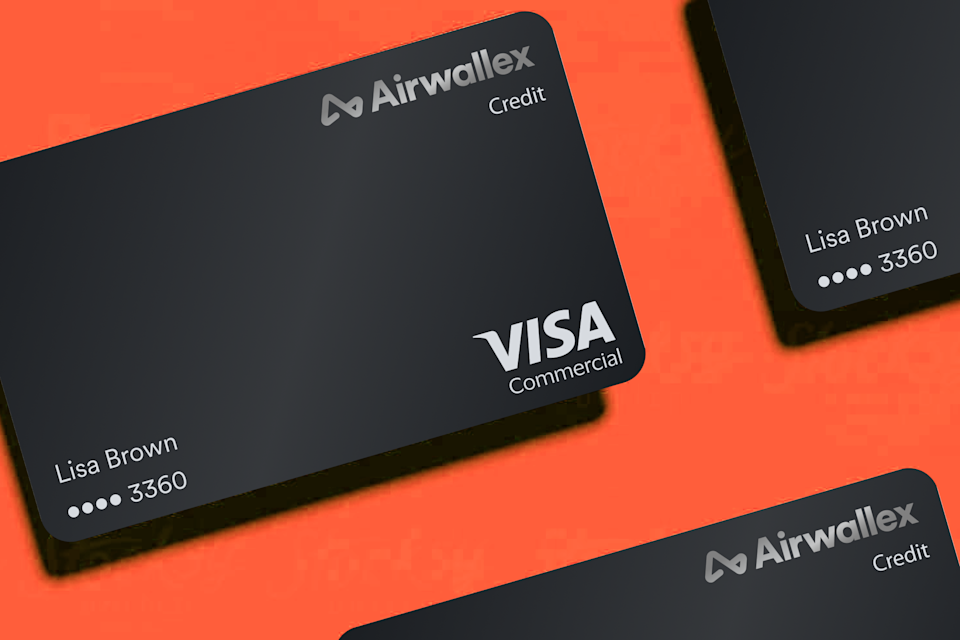An overview of international payment methods for businesses

Kirstie Lau
Brand Content Marketing Manager

Cross-border payment methods can be broadly categorised into four types: bank wire transfers, electronic payments (such as WeChat Pay and Alipay), money changers, and third-party payment platforms.
This article will provide an overview of mainstream international payment methods for businesses, along with their advantages and disadvantages. It will also discuss the considerations and limitations of traditional methods, and introduce innovative alternatives.
What are international payments?
With the booming development of global trade, various companies, including eCommerce businesses, are shifting their production to countries and regions with lower costs to maximise profits. They also market their products and services globally. In this trade ecosystem, companies need to make quick and secure payments to overseas suppliers or employees, resulting in a significant demand for overseas or international payments.
International transfers at lower cost
What international payment methods for businesses are available in the market?
1. Bank wire transfers
Bank wire transfers involve the use of the Society for Worldwide Interbank Financial Telecommunication (SWIFT) system to facilitate international transfers. Basically, all banks that offer wire transfer services have their own unique SWIFT codes. By providing the recipient's bank's SWIFT code and account number, funds can be transferred electronically worldwide. Many banks also provide commercial finance services to small and medium-sized enterprises (SMEs). With a corporate account, you can enjoy wire transfers and free payroll services.
2. Electronic payments
Electronic payments refer to making transfers without the need for cash, cheques, or credit cards. As a popular cross-border payment tool for online shopping, many electronic payment platforms and e-wallets also support international transfers. Transfers can be processed through the application once authenticated.
3. Money changers
Money changers are another common method for overseas payments. It provides cash exchange services between different currencies based on the prevailing exchange rates. This option is convenient for travellers or individuals on business trips who need to make overseas payments. Money changers typically charge based on exchange rates and impose transaction fees.
Pros and cons of traditional international payment methods for businesses
International payment methods | Pros | Cons |
|---|---|---|
Bank wire transfers | - Secure for large-value international transfers - Extensive network connecting global financial institutions - Provides commercial banking services, such as fund management, on top of remittance service | - Longer processing time, takes two to five days to complete* - Higher costs with transaction fees, annual/monthly fees, and hidden charges - Higher exchange rate than the standard interbank rate |
Electronic payments | - Instant transfers with 24/7 availability - Enhanced security features like encryption and two-factor authentication | - Limitations on the maximum account for cross-border payments - May involve monthly and hidden charges on top of transaction fees |
Money changers | - Widespread network covering worldwide destinations - Flexible exchange rates and lower transaction fees^ - Fast, completed in one to three days | - Reputation and security risks - Legitimacy varies (requires checking for a Money Service Operator licence) |
* The actual processing time depends on the bank and location of the recipient
^ Money changers set their own exchange rates. They usually charge transaction fees based on a fixed amount or a percentage of the transferred funds
International transfers at lower cost
Challenges brought by traditional cross-border payment methods
Traditional cross-border payment methods bring several challenges to business operations, including:
Unnecessary costs: Cross-border payments involve various service fees, along with the additional cost for currency conversion, significantly reducing profitability.
Extra administrative work: Transaction limits restrict the amount that can be transferred. The need for multiple transfers results in extra administrative work.
Lengthy transfers: The process of transfer can take up to 5 days depending on the method and destination. The lack of transparency also makes it difficult to track the status and details of the transaction. In case of delays, fines may be imposed by suppliers or even lead to delayed deliveries, impacting the production and the reputation of your business.
In spite of the advantages of traditional international payment methods for businesses, none of them is perfect. Therefore, a cross-border payment solution that combines efficiency, security, convenience, and low costs would surely provide significant support to the operations of cross-border businesses.
Consideration factors for choosing an international payment method
1. Business needs
You should choose the appropriate international payment method for your business based on factors such as payment deadlines, payment amount, and recipient country. For example, bank wire transfers may be more secure and reliable for large international transfers. For small payments, electronic payments, or money changers may be more convenient.
2. Cost
Businesses should compare the monthly charges, exchange rates, and transaction fees of different international payment methods. Cost transparency is also important as hidden charges and additional service fees can eat into your profit margins. Conducting a comparison in advance would help you to choose the most cost-effective method that fits your budget.
3. Speed
Transaction speed is another critical factor when choosing an international payment method, especially for businesses that are operating under tight deadlines. Delays in payment processing can disrupt supply chain timelines and strain your relationship with suppliers.
4. Security and legal compliance
Make sure the chosen international payment method has robust security measures, such as encryption, fraud prevention, and two-factor authentication to protect your funds and privacy. Selecting a payment method that complies with the local laws and regulations of your country and the recipient’s country can also help to avoid procedural complications and speed up operations.
Airwallex: the new international payments platform for businesses
Airwallex offers one-stop Business Accounts specifically designed for global transactions. Simply upload basic business documents to complete the account opening process within minutes, with no account opening fees or hidden charges.
The multi-currency account allows you to avoid unnecessary currency exchanges, and businesses can take advantage of market-leading exchange rates to reduce costs. In addition, cross-border transfers can be credited as fast as one day, giving you a competitive edge in your business. All transaction records can be automatically synced to Xero, so you can conveniently manage and allocate funds in real-time, and have a comprehensive view of your company's financial status. As a licensed payments platform, Airwallex also prioritises system encryption and security to ensure the security of the transaction and funds.
Open an Airwallex Business Account for free.
International transfers at lower cost
View this article in another region:ChinaHong Kong SAR - 繁體中文

Kirstie Lau
Brand Content Marketing Manager
Kirstie Lau is a fintech writer at Airwallex, and has built up a wealth of knowledge in financial operations systems. In her day-to-day, she dedicates herself to crafting content that fits the unique needs of businesses seeking financial operations solutions. Kirstie’s background in analytics and product marketing gives her a unique perspective on guiding businesses through the complex world of payments.
Posted in:
Online paymentsShare
- What are international payments?
- What international payment methods for businesses are available in the market?
- Pros and cons of traditional international payment methods for businesses
- Challenges brought by traditional cross-border payment methods
- Consideration factors for choosing an international payment method
- Airwallex: the new international payments platform for businesses


